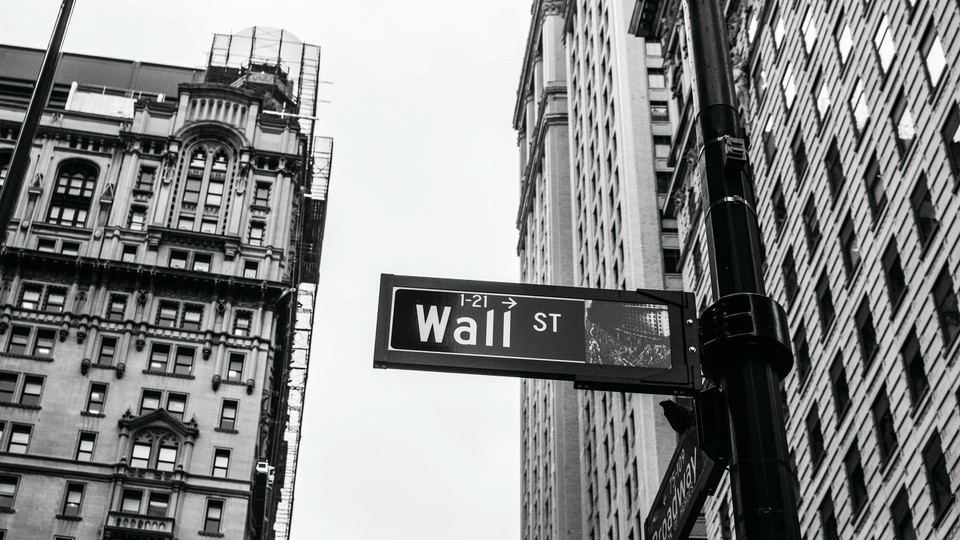
Taking The Wall Street Walk
Firm Liquidity Is Always Good For Corporate Governance, Right? Not So Fast
Based on research Kerry Back, Tao Li and Alexander Ljungqvist
Firm Liquidity Is Always Good For Corporate Governance, Right? Not So Fast
- Conventional business wisdom holds that high liquidity is good for corporate governance because large shareholders, or blockholders, are more likely to intervene when the stock is highly valued.
- Recent research contradicts this finding: High liquidity instead increases the fragility of the block.
- Managers and investors should expect that a blockholder is more likely to cash out when stock is trading high and problems arise.
Imagine that articles about publicly traded Company X appear in a business journal questioning the company’s latest acquisition. Another publication criticizes the company's risky entry into a new and volatile market. Yet the company’s stock trades high. According to conventional business wisdom, the conditions are ripe for a large shareholder, or blockholder, of the company to want to get involved.
But recent research by Kerry Back, a professor at Rice Business, counters this prevailing idea, which was based on a framework known as Maug's model. Back and professors Tao Li of the City University of Hong Kong and Alexander Ljungqvist of New York University challenged the model, revealing limitations within its assumptions. These flaws, they contend, led to an errant conclusion that the link between high liquidity and blockholder corporate governance was “unambiguously positive.”
Later researchers had tried to improve the model by adding elements of dynamism, the fast, nonlinear market changes that spring from a range of factors. But, Back and his colleagues concluded, they didn’t go far enough.
Back and team decided to use a different model, called a dynamic Kyle model, to more closely mimic natural trading conditions. This, they reasoned, could help determine what might spark blockholder activism. They crafted their model to include random events and continuous trading times to echo the randomness and fluidity of real-life trading.
The team also used three shocks from outside sources – two that reduce liquidity and one that increases it – to determine how liquidity affected four proxies for blockholder activism. The proxies: Filing a shareholder proposal in opposition to the target firm’s management, the likelihood that a previously passive blockholder turns activist, the emergence of a blockholder who has activist intentions and the launch of an activist hedge fund campaign against the target firm.
Once a block is created, the researchers found, greater trading liquidity harms governance by lowering the chances of activism for each proxy.
The team's findings contrast sharply with Maug’s model, showing that its all-positive outcome of higher liquidity can’t be replicated in models that take into account the almost infinite possibilities in the actual trading world relating to blockholder activism. In fact, the opposite outcome – a negative impact – was more likely.
Reflect for a moment on the earlier scenario, in which a blockholder who has bought stock as an investment learns of potential management concerns in firm governance. According to Back and his colleagues, potential problems with the firm are more likely to influence this blockholder to cash in while the stock is riding high. Such an investor would rather “take the Wall Street walk” than to intervene in a firm in which she may have no experience, time or inclination.
Yet these findings don’t suggest that high liquidity can never be beneficial for governance. Instead, managers and investors should understand that the role of liquidity in governance is risky. High stock value helps create blocks, but blocks should not be created with the idea that they’ll improve a firm’s governance or performance. High liquidity actually jeopardizes the block’s continued existence, because as time passes, the blockholder becomes more likely to cash out than she is to devote time, energy and resources intervening in a company’s affairs.
Kerry Back is a J. Howard Creekmore professor of finance and professor of economics at Jones Graduate School of Business at Rice University.
To learn more, please see: Back, K., Li, T., & Ljungqvist, A. (2015). Liquidity and governance. ECGI - Finance Working Paper No. 388.
Never Miss A Story


